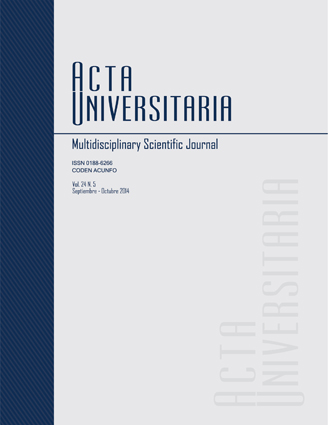Factors that affect and hinder bad news communication on health personnel
Published 2014-10-24
Keywords
- Comunicación,
- noticias,
- factores,
- médico,
- paciente.
- Communication,
- news,
- factors,
- physician,
- patient.
How to Cite
Abstract
Little is known about the factors that affect bad news communication to patients and/or relatives, which is a vital activity in medical practice. Therefore, the objective of this study was to investigate these factors involved. A qualitative study was performed using a phenomenological research design with hospital staff from the state of Aguascalientes, using semistructured interviews focused on previous experience and perception of the skills that staff should have for bad news communication. 24 health professionals were interviewed and after an axial coding, three elements were found: physician, patient and environment. In these, there are certain highlights like: communication, patient-physician relationship, physician's knowledge and experience, patient environment and features of the environment. Based on its importance, bad news communication should be assumed as a serious task, considering critical factors for improvement and to not undervalue the patient-physician relationship.

